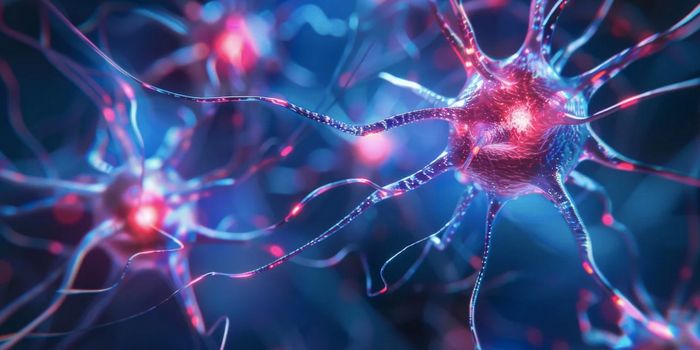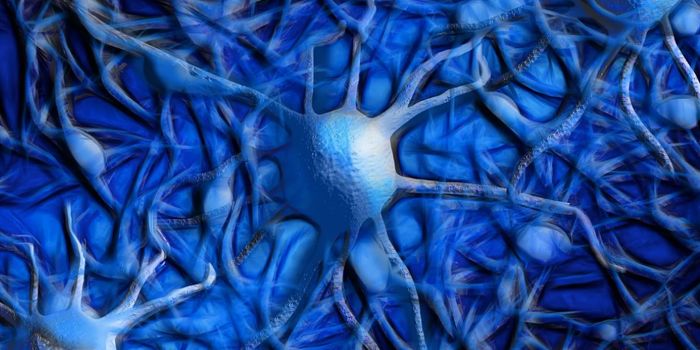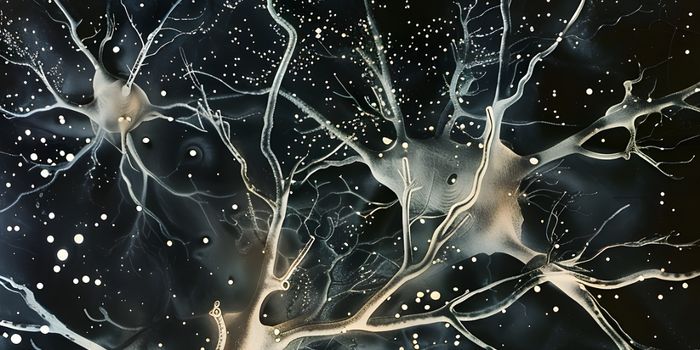Nanoparticle-based Gene Therapy Cures Disease in Fetal Mice
Although CRISPR has grabbed a lot of headlines in recent years, it is not the only gene-editing game in town. New work by scientists at Carnegie Mellon University and Yale University has shown that it’s possible to cure a genetic disorder in a fetal mouse. They utilized an editing technique that has already been used to treat the same disease in adult mice successfully. This study was reported in Nature Communications and opens up a new avenue for treating genetic disorders during development.
If such a tool was created, it could help the 8 million children that are born every year with a birth defect or genetic disorder. Although we have ways to test for some of these conditions during pregnancy, there is still nothing we can do to correct the errors. Fixing such a mutation could save a child from a lifetime of medical care.
"Early in embryonic development, there are a lot of stem cells dividing at a rapid pace. If we can go in and correct a genetic mutation early on, we could dramatically reduce the impact the mutation has on fetal development or even cure the condition," said Danith Ly, professor of chemistry in Carnegie Mellon's Mellon College of Science.
The team used a peptide nucleic acid (PNA), a synthetic molecule that joins an engineered protein backbone and nucleobases, which make up the nucleotide bases of genetic material. The molecule essentially mimics DNA or RNA. Ly engineered the PNAs used in this research.
With a nanoparticle that’s been approved by the FDA, the researchers developed a way to deliver the PNAs and a donor DNA molecule to the faulty cells. The PNA molecule attaches to the erroneous DNA and unwinds the strands. The cellular repair machinery can then use the donor DNA to repair the genetic mutation. In this case, the PNA-DNA materials were injected into the amniotic fluid of pregnant mice; the fetuses carried a genetic error that causes beta thalassemia.
Beta thalassemia reduces the production of a molecule called hemoglobin. Hemoglobin works to carry oxygen in red blood cells, so those low hemoglobin levels ultimately cause a lack of oxygen in parts of the body. The disorder causes fatigue and weakness; serious complications can develop.
The researchers found that six percent of genetic mutations in affected animals were corrected with only one injection of PNA-DNA. That was enough, however, to dramatically improve the symptoms of the disease. The mice did so much better, they were considered cured. Their levels of hemoglobin were in the normal range, the spleen was not as enlarged, and their survival rate increased.
The scientists said that there are no side effects from this treatment, making it potentially a far safer option than CRISPR/Cas9. While that technique shows promise, recent research has shown there are risks.
"CRISPR is much easier to use, which makes it ideal for laboratory research. But the off-site errors make it less useful for therapeutics," explained Ly. "The PNA technique is more ideal for therapeutics. It doesn't cut the DNA, it just binds to it and repairs things that seem unusual. We looked at 50 million samples and couldn't find one offsite error when we used our PNA gene editing technique."
There could be an even greater success, the investigators say, with multiple treatments during development. They are also hoping to apply this tool to other genetic disorders.
Sources: AAAS/Eurekalert! Via Carnegie Mellon University, Nature Communications








